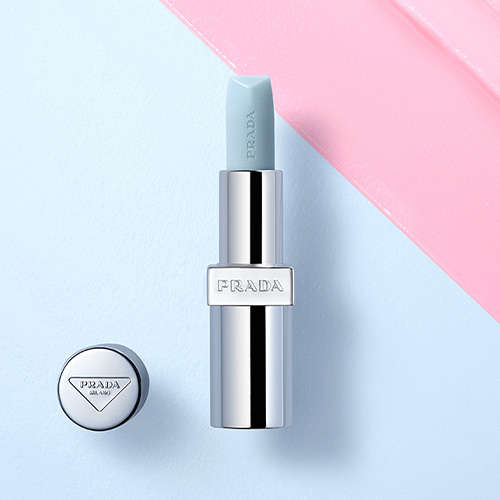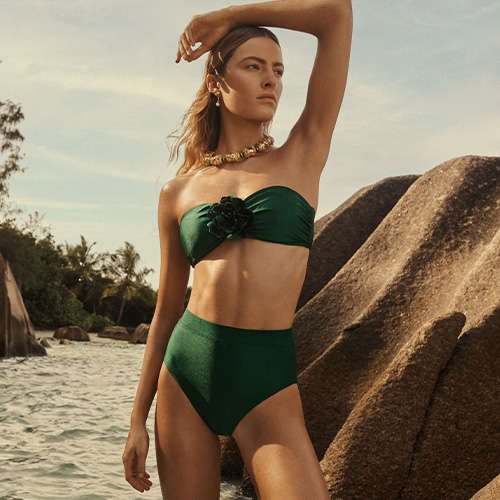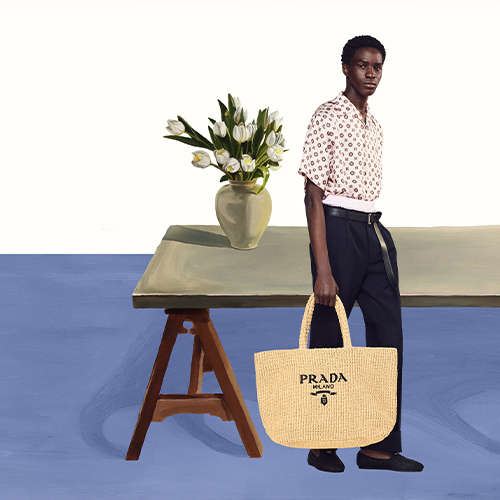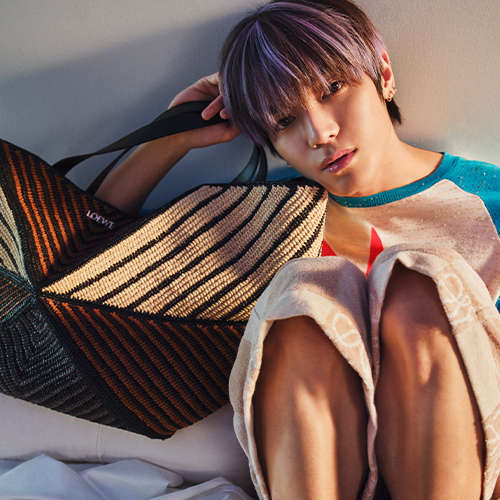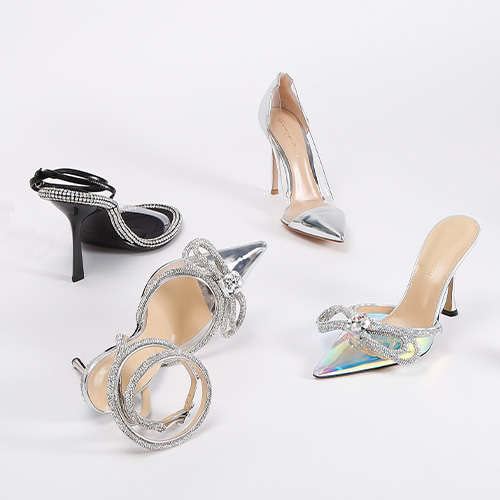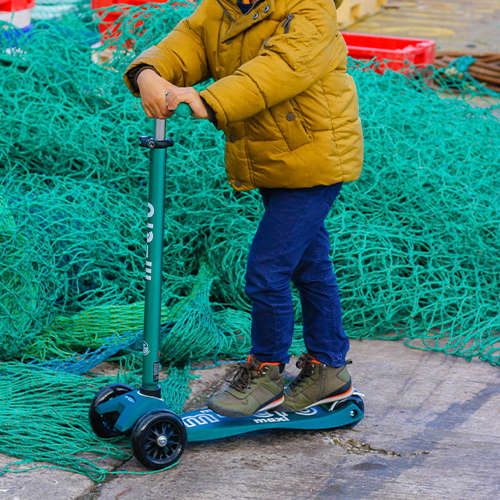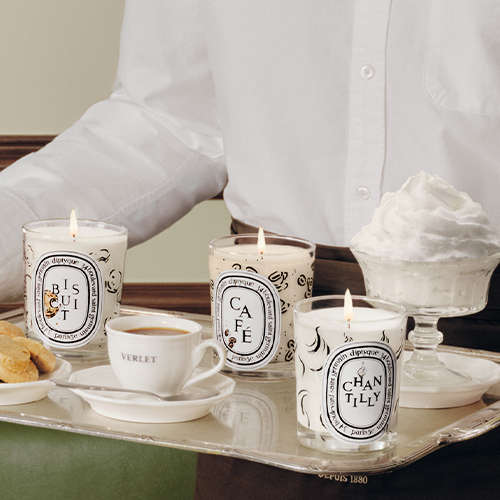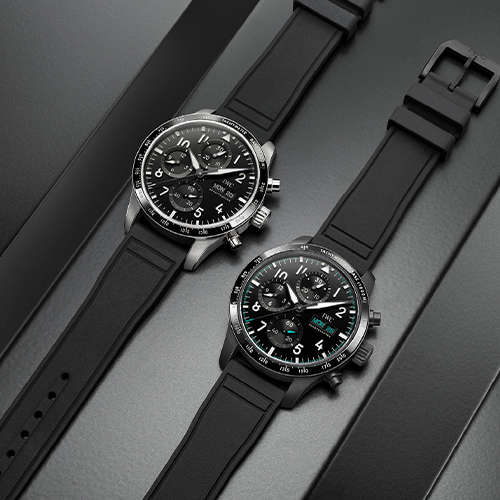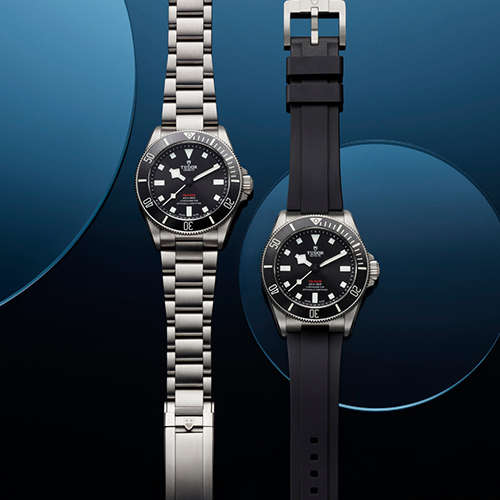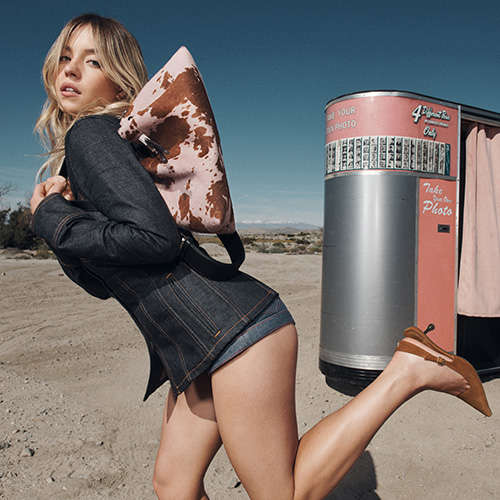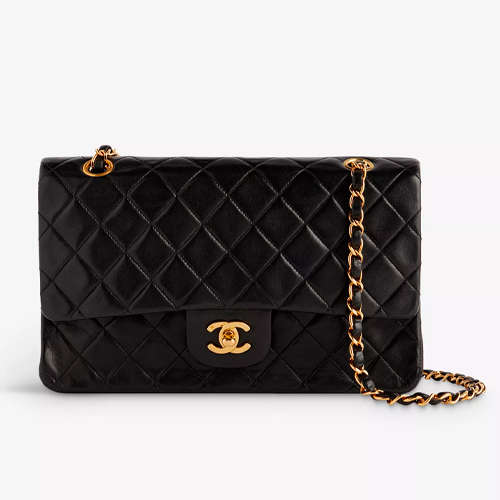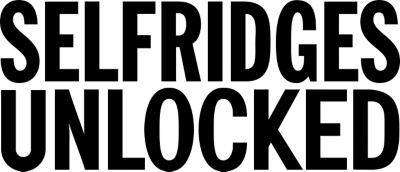- Australia / AUD $
- Canada / CAD $
- China / CNY ¥
- France / EUR €
- Germany / EUR €
- Hong Kong SAR China / HKD $
- Ireland / EUR €
- Italy / EUR €
- Japan / YEN ¥
- Kuwait / USD $
- Macao SAR China / HKD $
- Netherlands / EUR €
- Qatar / USD $
- Saudi Arabia / USD $
- Singapore / SGD $
- South Korea / KRW ₩
- Spain / EUR €
- Taiwan / TWD $
- United Arab Emirates / USD $
- United Kingdom / GBP £
- United States / USD $
- Not yours? Read more
Tell us what you think
Shop in your local currency and language
You are currently in Saudi Arabia SA / USD $ store
- English
- English
- English
- English
- English
- English
- English
- English
- English
- English
- English
- English
- English
- English
- English
- English
- English
- English
- English
- English
- English
Did you know that we deliver to 130 countries or regions and offer a range of delivery options to suit you wherever you are in the world? Find out more
Sign up once to our Selfridges+ service and you can enjoy unlimited deliveries wherever you are in the world. FIND OUT MORE
International delivery
With almost everything on selfridges.com available for International Delivery, you can send your order to 130 countries or regions around the world, including North America, Australia, the Middle East and China.
Although we only offer 20 currencies to browse in online, you can still deliver to all of the following countries or regions:
- Algeria
- Andorra
- Antigua and Barbuda
- Aruba
- Australia
- Austria
- Azerbaijan
- Bahrain
- Bangladesh
- Barbados
- Belarus
- Belgium
- Belize
- Bermuda
- Bolivia
- Botswana
- Brunei
- Bulgaria
- Cambodia
- Canada
- Cayman Islands
- Chile
- China
- Colombia
- Costa Rica
- Croatia
- Cyprus
- Czech Republic
- Denmark
- Dominica
- Dominican Republic
- Ecuador
- Egypt
- El Salvador
- Estonia
- Finland
- France
- French Guiana
- Germany
- Gibraltar
- Greece
- Grenada
- Guadeloupe
- Guatemala
- Guernsey
- Guyana
- Honduras
- Hong Kong
- Hungary
- Iceland
- India
- Indonesia
- Ireland
- Israel
- Italy
- Jamaica
- Japan
- Jersey
- Jordan
- Kazakhstan
- Kenya
- Kuwait
- Laos
- Latvia
- Lebanon
- Lesotho
- Liechtenstein
- Lithuania
- Luxembourg
- Macau
- Malaysia
- Maldives
- Malta
- Martinique
- Mayotte
- Mexico
- Monaco
- Montserrat
- Morocco
- Myanmar
- Namibia
- Netherlands
- New Zealand
- Nicaragua
- Nigeria
- Norway
- Oman
- Pakistan
- Panama
- Paraguay
- Peru
- Philippines
- Poland
- Portugal
- Puerto Rico
- Qatar
- Reunion
- Romania
- Rwanda
- Saint Kitts and Nevis
- Saint Lucia
- Saint Martin (French part)
- San Marino
- Saudi Arabia
- Serbia
- Singapore
- Slovakia
- Slovenia
- South Africa
- South Korea
- Spain
- Sri Lanka
- Suriname
- Swaziland
- Sweden
- Switzerland
- Taiwan
- Tanzania
- Thailand
- Trinidad and Tobago
- Turkey
- Uganda
- Ukraine
- United Arab Emirates
- United Kingdom
- United States
- Uruguay
- Venezuela
- Vietnam
The Selfridges Eye:
Meet Virtual Super Land
As part of The New Order – one of our recent creative schemes that you can check out here – we explored the future of fashion and retail through digital art. To get a better insight into what it’s like on the front lines of a quickly evolving industry, we caught up with the team behind Virtual Super Land – a concept brand that exists at the intersection of fashion and technology. Natasha Smith and Orsolya Szabo are the brains behind the multi-disciplinary project that merges virtual visuals with everything from clothes to nail polish, all through a handy app and a clever use of green screen.

How do you explain what you do to your gran?
Orsolya: Ha! We use digital technology to change anything that’s green in a picture or video on your mobile phone into something else. And we create clothes that work with this technology.
Natasha: My simplified go-to explanation is ‘wearable green screen’ – like they use on the weather channel or to make movies. I actually did explain it to my grandma like this and she got it!
And how does it actually work?
Orsolya: It’s very simple. Think of it like a mini green screen in your pocket. As soon as you open the app, the phone’s camera automatically detects any green in your environment and removes it, replacing it with one of our custom filters. Green is used (as it is for green screen) because it’s the furthest colour from any skin tone.


What drew you to working in this medium?
Natasha: I am fascinated with merging the digital and the physical worlds. The fact we’re able to give people the ability to do that through the brand is so exciting.
What’s your design process? Do you start with the physical piece or the digital?
Orsolya: For the clothes we keep a digital moodboard of things that inspire us – we’re always sending each other Whatsapps of anything from textures, colours, text (or just some seriously random stuff we see IRL), and go from there.
Natasha: For me it’s definitely the digital; quite a few graphics you’ll see on the merch are stills from videos I make in After Effects – it’s a super-untraditional approach, but it’s just my artistic medium. It’s also important that the merch looks great as a stand-alone product in the real world, but is taken to a whole new level through the app.
Apparently, our brains are loaded with the equivalent of 32GB of data a DAY, which is just insane. It’s just our way of processing this; it’s the new aesthetic, the visual language of the digital world.
Why do you think there’s a lack of female animators? What could be done to address the disparity?
Natasha: I think with it being such a male-dominated industry, it can be intimidating for a female who wants to get into 3D animation – I know it was for me. I took the leap and learned through YouTube tutorials and online courses... the information is there if you want it! I’m also part of Digi-Gal, an inclusive global community and support network of womxn, trans and non-binary folk who specialise in animation and 3D design. The way I work can be a little isolating at times, so just the fact that this community exists totally inspires me to keep pushing myself.
What do you mean when you talk about hyperreality?
Orsolya: The term comes from Baudrillard’s idea in philosophy of Hyperreality – the inability to distinguish between a simulation and reality in our postmodern society – which we feel is more apt now than ever, as our real and digital lives are so integrated. It’s sort of tongue-in-cheek, but we’re taking the idea of living in a simulation to another level by creating a very obvious and tangible ‘other’ reality that you can record and experience over and over.

There’s been a proliferation in a ‘busy’ digital aesthetic. What do you think this is in response to?
Natasha: I think it’s in response to the bombardment of information we receive daily, now more than ever before. Apparently, our brains are loaded with the equivalent of 32GB of data a day, which is just insane. It’s just our way of processing this; it’s the new aesthetic, the visual language of the digital world.
How do you see technological advances reshaping fashion over the next 10 years or so?
Natasha: Obviously we are living in an age of social media: people want to generate interesting content themselves, using their phones. I mean, look at how face filters have exploded in the past few months; it's only a matter of time before that tech moves to clothing in a mainstream way. That's kind of what we're doing but with mixed reality, rather than augmented reality.
What’s next for VSL?
Orsolya: Green world domination! Lol. We’re pushing forward with collaborations and working with brands, people and organisations that we can extend our custom concept to, and share a need to elevate and empower women in the spaces of tech and streetwear. We’re in a unique position of having so many layers to the company – we’re content creators, custom graphic makers, with a streetwear arm and a functioning app that can house a new way of seeing any physical product that’s green… there’s so much scope.

